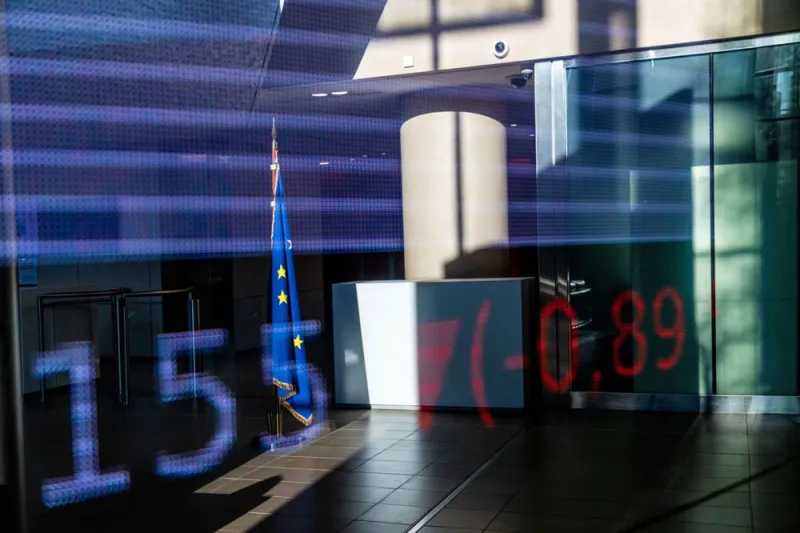Absolute returns funds have let down investors who favored them for their uncorrelated returns after the 2008 financial crisis, according to Cerulli Associates.
The funds have underperformed since around the middle of 2018, prompting many investors in Europe to exit them, Cerulli, a consulting and research firm, said in a report released Monday. The funds’ diversification strategies — designed to hold up well in tumultuous markets — have failed to keep the status they had with investors in the years following the crisis.
“All assets were moving in the same direction and the funds could not deliver the returns they were supposed to in all market conditions,” Fabrizio Zumbo, associate director in Cerulli’s European asset management research group, said in a statement on the findings. “These funds’ ability to diversify proved to be their downfall.”
Troubling times are “far from over” for managers of absolute return funds, according to Cerulli. The strategy struggled the most to attract investors in November, the firm said, citing the latest European data tracked by the Investment Association.
Retail investors pulled £656 million ($856 million) from absolute return funds that month, the report shows. By contrast, funds focused on global equities and global currencies “sold well in November as investors sought to reduce risk via diversification,” Cerulli said.
The performance of absolute return strategies can be difficult to compare, as these funds “may use different benchmarks, manage to different timeframes, and present different risk characteristics,” according to the report. “Some may involve the use of derivatives or shorting strategies, which raises questions about transparency and complexity.”
Asset managed by absolute return funds in Europe have dropped 13 percent since 2017 to €401.6 billion in November, the report shows.
The Credit Suisse (Lux) Europe Equity Absolute Return fund was liquidated last year, adding to the sector’s woes, according to the report. “The fund reportedly had AUM of more than €14 million at the time of its closure — yet another indication that investors are turning away from absolute return strategies,” Cerulli said.
Fund size could be problematic, according to the report.
“To win back investors in Europe and curtail outflows, absolute return managers will need to turn around performance and cap strategies before they become too large to maneuver,” Cerulli said.
Bank of New York Mellon Corp., the largest manager of Europe-domiciled absolute return funds, saw assets drop to €26.7 billion in November — a 13 percent decline from 2018, the report shows. BlackRock, the second largest manager of the strategy in Europe, had €23.5 billion in assets in November, while Nordea AB ranked third at €19.6 billion in absolute return assets.
[II Deep Dive: Where JPMorgan Sees the Best Alternative Bets]
Not all such funds are posting disappointing returns, Cerulli said, and “demand among European retail investors for absolute return-type products has not dried up completely.”
For example, Amundi Absolute Return Multi Strategy has continued to outperform peers, according to the report. Cerulli said the fund can invest as much as 50 percent of its assets in equities and equity-linked instruments, as well as up to 25 percent in convertible bonds.
In another bright spot, France’s Napoleon Capital started a quantitative absolute return fund last year called Napoleon World Equities AR Dynamix. The fund, which is supported by BNP Paribas’s asset management group, seeks gains in all market conditions within a volatility measure of 10 percent, according to Cerulli.
“Absolute return fund managers can adopt a range of strategies and invest across the asset class spectrum in order to deliver positive returns in all markets,” the firm said. Cerulli suggested it may be worth waiting at least three years before pulling money from a manager.
“Even though the absolute return sector as a whole has delivered disappointing performance over the past two years, some commentators believe that investors may have exited too early,” the firm said.







